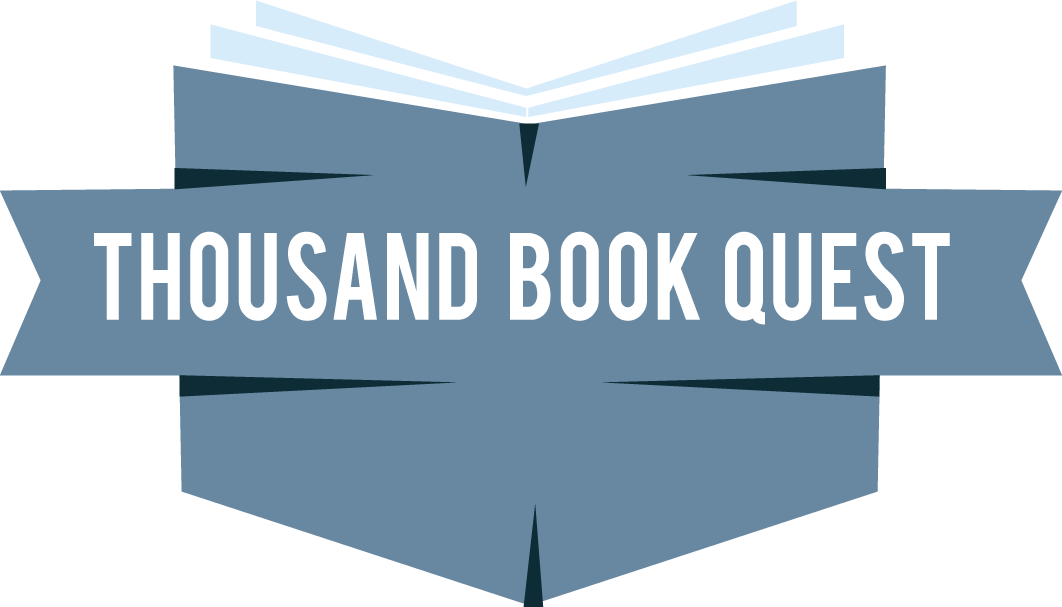212. Pandemic
Rating: ☆☆☆1/2
Recommended by: Scott Nelson
Author: Sonia Shah
Genre: Non-Fiction, Science, Health, Medicine, History, Public Policy
288 pages, published February 16, 2016
Reading Format: Book
Summary
Pandemic recounts the history of pandemics in the world with particular focus on the nature and spread of cholera, Ebola, SARS and AIDS. It then explores the decline in animal species and spread of animals to all corners of the world and how that can lead to increased risk for human populations, what types of pathogens are likely to cause a global pandemic in the near future and what we can do to prevent it.
Quotes
“In the nineteenth century, cholera struck the most modern, prosperous cities in the world, killing rich and poor alike, from Paris and London to New York City and New Orleans. In 1836, it felled King Charles X in Italy; in 1849, President James Polk in New Orleans; in 1893, the composer Pyotr Ilyich Tchaikovsky in St. Petersburg.”
“But far from being a harmless source of fertilizer, dog feces is both an environmental contaminant (and is classified as such by the Environmental Protection Agency) and a source of pathogens that can infect people. Like human excreta, dog poo teems with pathogenic microbes, such as strains of E. coli, roundworms, and other parasites. One of the most common parasitic infections in Americans is the result of their exposure to dog feces. The dog roundworm Toxocara canis is common in dogs and, because of the ubiquity of dog feces, widespread in the environment. It can contaminate soil and water for years.”
“the global bonfire of fossil fuels will heighten the likelihood of pandemics on its own, in a way that is likely to be even more consequential than all of its contributing factors put together.”
“Globally, 12 percent of bird species, 23 percent of mammals, and 32 percent of amphibians are at risk of extinction. Since 1970, global populations of these creatures have declined by nearly 30 percent. Just how these losses will shift the distribution of microbes between and across species, pushing some over the threshold, remains to be seen.”
“As avian diversity declined in the United States, specialist species like woodpeckers and rails disappeared, while generalist species like American robins and crows boomed. (Populations of American robins have grown by 50 to 100 percent over the past twenty-five years.)48 This reordering of the composition of the local bird population steadily increased the chances that the virus would reach a high enough concentration to spill over into humans.”
“a single opossum, through grooming, destroyed nearly six thousand ticks a week.”
My Take
Pandemic is a fascinating, but chilling, read. While human beings have largely conquered many ravaging diseases of the past (small pox, typhus, polio), we are still at risk from old and new diseases, especially in our global age where air travel can quickly spread a disease from its point of origin to all corners of the globe. I also found the discussion of animal sources of disease to be intriguing. Another reason not to have a dog or cat!
